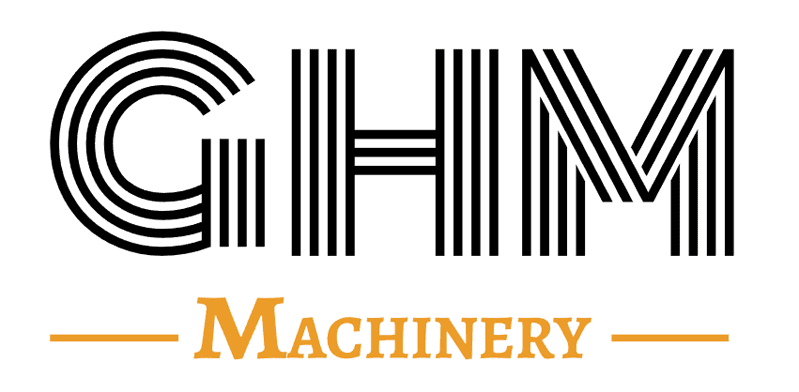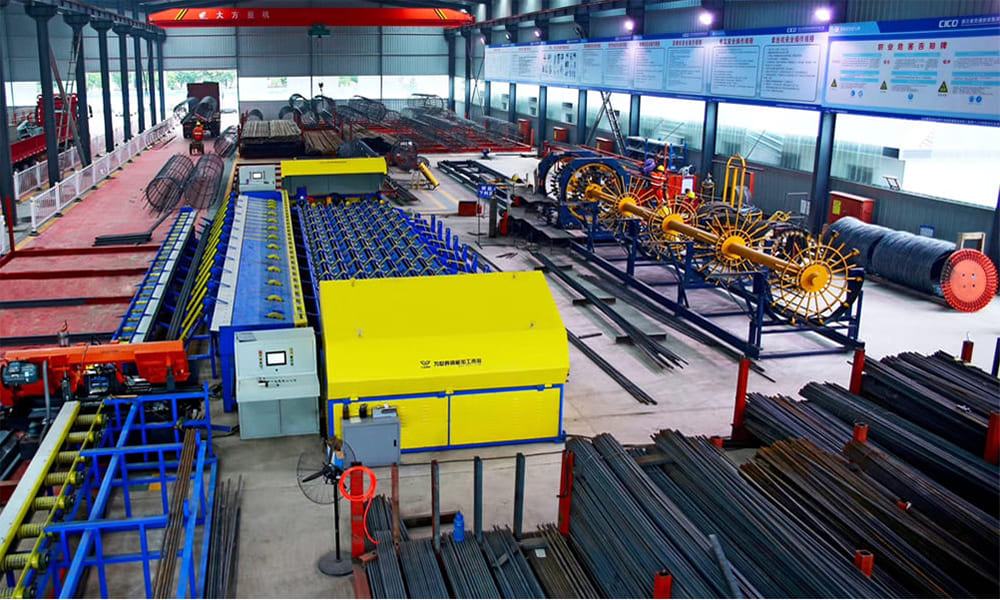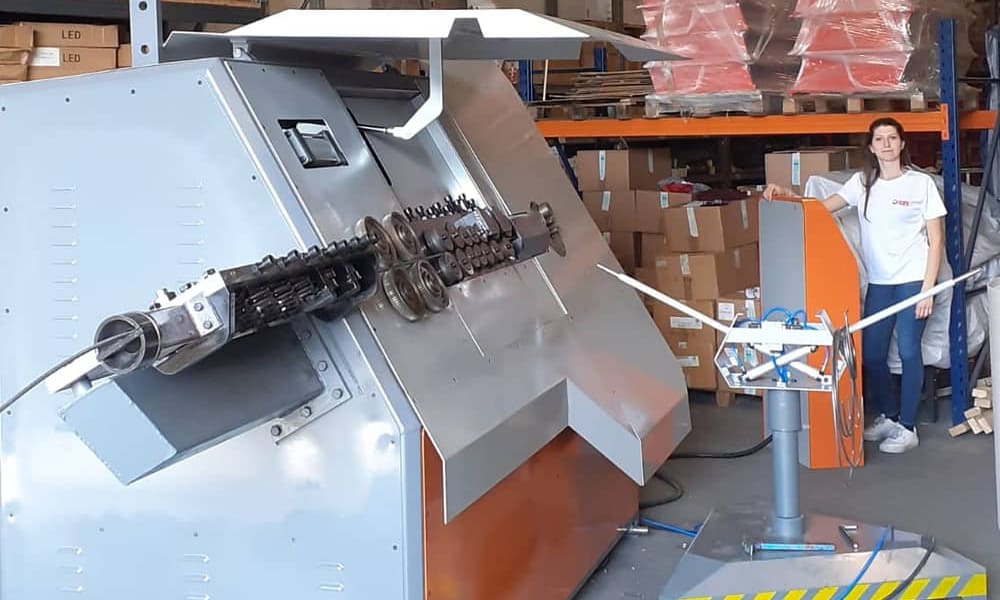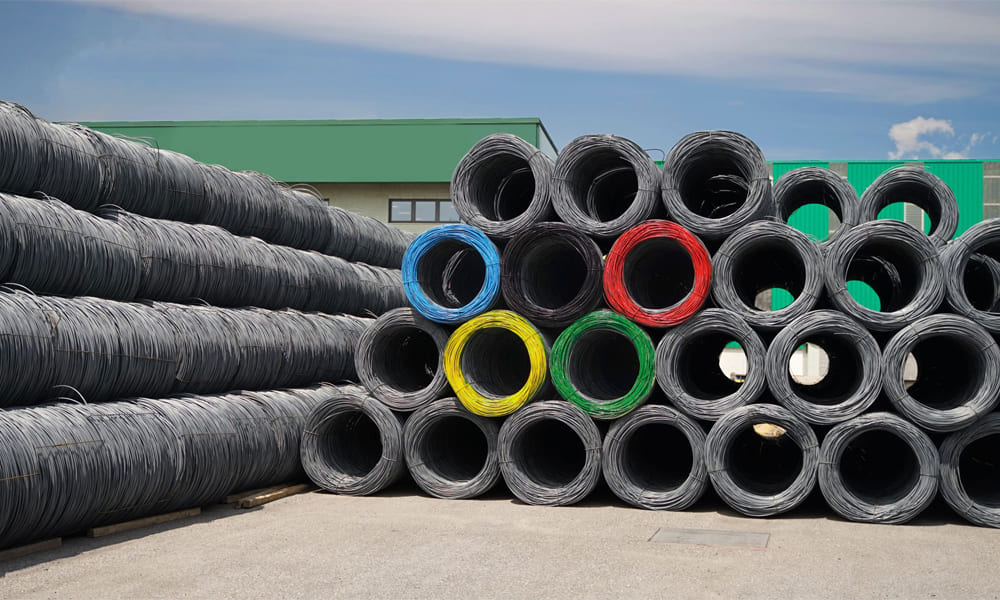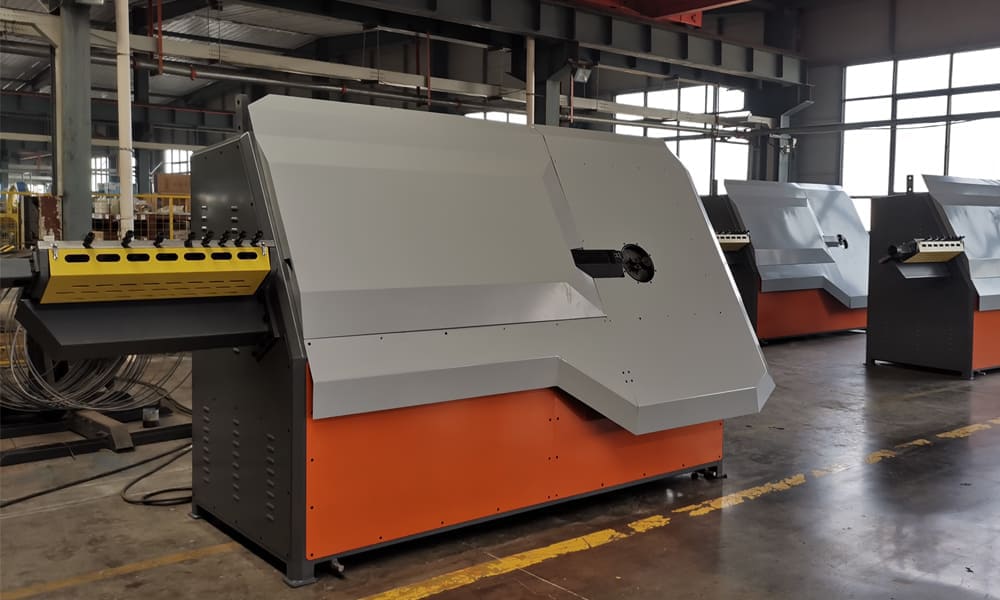Steel Bar Processing Factory is a specialized facility that handles the cutting, bending, welding, and shaping of steel bars to meet specific project requirements. Establishing a successful plant involves careful consideration of site selection, equipment, safety management, and environmental factors. Below is an in-depth overview of the key aspects to consider when planning and building a steel bar processing plant.
1. Site Planning and Selection
- Space Requirements: Choose a site that provides ample space for workshops, warehouses, offices, and storage areas for raw materials and finished products.
- Proximity to Construction Sites and Markets: Opt for a location near construction sites and steel markets to streamline supply chains, reduce transportation costs, and ensure timely delivery.
- Utilities and Infrastructure: Ensure the site has access to reliable power, water sources, and communication networks to support smooth operations.
2. Equipment Purchase and Layout
- Types of Equipment Needed:
- Cutting Machines: Used for precision cutting of steel bars to desired lengths.
- Bending Machines: Essential for bending steel bars into specific shapes and angles.
- Welding Machines: Used for joining bars together, forming stronger structures.
- Equipment Selection: Choose equipment based on processing capacity, production needs, and technological advancements. Consider automated or CNC options for better accuracy and productivity.
- Equipment Layout: Plan the layout based on workflow to minimize material handling time and maximize efficiency. The arrangement should follow the sequence of operations (cutting → bending → welding).
3. Workforce Organization and Management
- Recruitment and Training: Hire skilled workers and provide them with comprehensive training in equipment operation, safety protocols, and quality standards.
- Automation and Robotics: Introduce automated systems or robotic arms to reduce manual labor and improve precision, safety, and efficiency.
- Operational Management: Develop a clear job responsibility system, define workflows, and implement a quality control plan to maintain high production standards.
4. Safety Production Management
- Risk Assessment: Conduct thorough safety risk assessments and identify potential hazards associated with machinery, material handling, and welding.
- Safety Protocols: Establish safety operating procedures for each machine and process. Provide personal protective equipment (PPE) such as helmets, gloves, and safety glasses.
- Occupational Health Management: Monitor working conditions, ensure proper ventilation in welding areas, and conduct regular health examinations for employees to promote a safe work environment.
5. Capital Investment and Financial Management
- Initial Costs: Allocate funds for site acquisition, equipment purchase, installation, and initial setup.
- Operational Costs: Consider recurring expenses such as raw material costs, utilities, maintenance, and labor.
- Financial Planning: Develop a detailed budget and implement financial management practices to track expenditure, manage cash flow, and ensure profitability.
6. Environmental Protection and Energy Conservation
- Compliance with Environmental Regulations: Adhere to local environmental regulations and standards for emissions, waste management, and noise control.
- Waste Management: Implement systems for managing wastewater, recycling scrap materials, and safely disposing of hazardous waste.
- Energy Efficiency: Invest in energy-saving equipment like high-efficiency motors and LED lighting. Explore renewable energy options, such as solar panels, to reduce environmental impact.
7. Market Exploration and Development
- Market Research: Analyze the market to identify demand for specific steel bar products and understand the competition.
- Partnerships and Contracts: Establish partnerships with construction companies, contractors, and steel suppliers to secure a steady market for processed products.
- Product Quality Improvement: Continuously upgrade processing technology and production techniques to meet evolving customer requirements and maintain a competitive edge.
Conclusion
Setting up a Steel Bar Processing Factory requires meticulous planning across several domains, including site selection, equipment procurement, safety management, and environmental compliance. By focusing on optimizing production processes, maintaining stringent safety standards, and exploring new market opportunities, a steel bar processing plant can achieve efficiency, safety, and profitability.
With a strategic approach and comprehensive management, a steel processing facility can contribute significantly to infrastructure projects and serve as a cornerstone in the construction industry.
